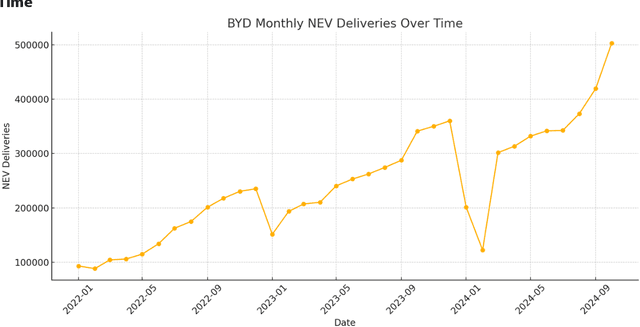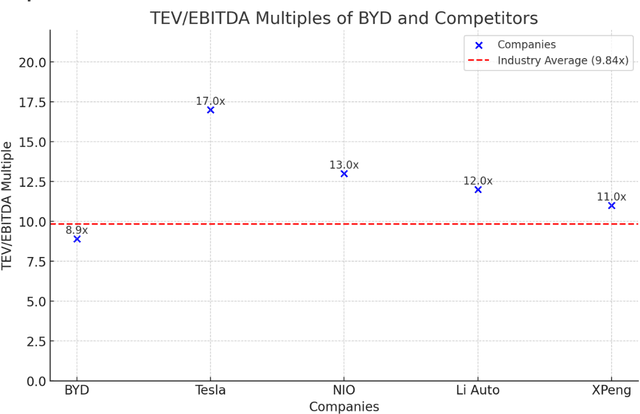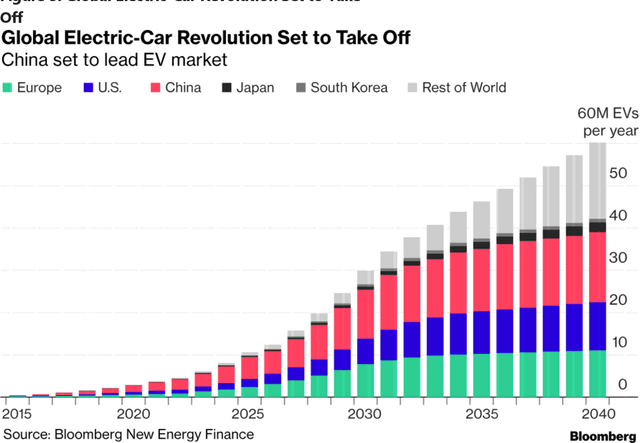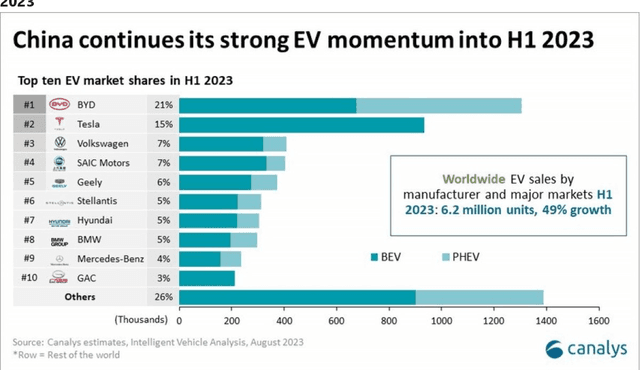Vasant Dhar
DBOT: Artificial Intelligence for Systematic Long-Term Investing
Apr 08, 2025



Abstract:Long-term investing was previously seen as requiring human judgment. With the advent of generative artificial intelligence (AI) systems, automated systematic long-term investing is now feasible. In this paper, we present DBOT, a system whose goal is to reason about valuation like Aswath Damodaran, who is a unique expert in the investment arena in terms of having published thousands of valuations on companies in addition to his numerous writings on the topic, which provide ready training data for an AI system. DBOT can value any publicly traded company. DBOT can also be back-tested, making its behavior and performance amenable to scientific inquiry. We compare DBOT to its analytic parent, Damodaran, and highlight the research challenges involved in raising its current capability to that of Damodaran's. Finally, we examine the implications of DBOT-like AI agents for the financial industry, especially how they will impact the role of human analysts in valuation.
Data Science In Olfaction
Apr 08, 2024Abstract:Advances in neural sensing technology are making it possible to observe the olfactory process in great detail. In this paper, we conceptualize smell from a Data Science and AI perspective, that relates the properties of odorants to how they are sensed and analyzed in the olfactory system from the nose to the brain. Drawing distinctions to color vision, we argue that smell presents unique measurement challenges, including the complexity of stimuli, the high dimensionality of the sensory apparatus, as well as what constitutes ground truth. In the face of these challenges, we argue for the centrality of odorant-receptor interactions in developing a theory of olfaction. Such a theory is likely to find widespread industrial applications, and enhance our understanding of smell, and in the longer-term, how it relates to other senses and language. As an initial use case of the data, we present results using machine learning-based classification of neural responses to odors as they are recorded in the mouse olfactory bulb with calcium imaging.
The Paradigm Shifts in Artificial Intelligence
Aug 02, 2023Abstract:Kuhn's framework of scientific progress (Kuhn, 1962) provides a useful framing of the paradigm shifts that have occurred in Artificial Intelligence over the last 60 years. The framework is also useful in understanding what is arguably a new paradigm shift in AI, signaled by the emergence of large pre-trained systems such as GPT-3, on which conversational agents such as ChatGPT are based. Such systems make intelligence a commoditized general purpose technology that is configurable to applications. In this paper, I summarize the forces that led to the rise and fall of each paradigm, and discuss the pressing issues and risks associated with the current paradigm shift in AI.
 Add to Chrome
Add to Chrome Add to Firefox
Add to Firefox Add to Edge
Add to Edge